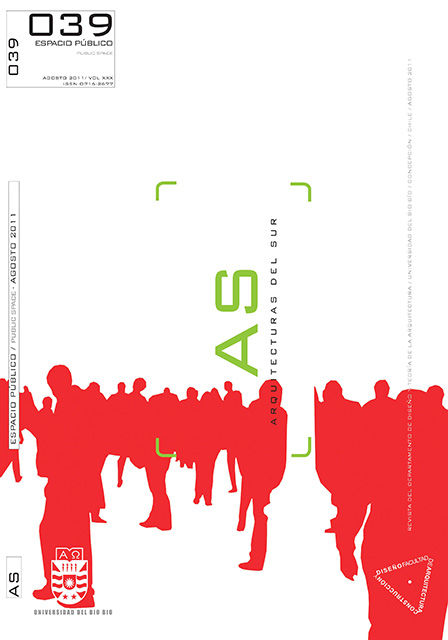Mobile moments. Mobile places and the new building of public space
Keywords:
place, urban daily mobility, social practices, mobile place-makingAbstract
In the current globalisation process, some feel that places have lost their distinctiveness and become unified spaces lacking essence. However, it is thanks to this current process of globalisation and the way in which each society and city interacts with it locally and the inevitable daily mobility of urban inhabitants in contemporary cities that it has become possible to rethink the notion of public space based on a new understanding of place. Place takes on new meaning when linked to the inexorable shift from fixed space with meaning, to a mobile space with multiple and simultaneous meanings. This paper delves into thereconceptualisation of place by introducing the idea of mobile places within the practice of urban daily mobility. This is examined through an ethnographic account of mobile place-making accompanied by photographic images that show the appropriation of times and spaces on the move by urban dwellers in Santiago. The research is based on ethnographic work of urban travellers in the city of Santiago within the FONDECYT Research Project No.1090198 “Urban Daily Mobility and Social Exclusion in Santiago de Chile".
Downloads
Downloads
Published
How to Cite
Issue
Section
License
The content of the articles published in each issue of Arquitecturas del Sur is the sole responsibility of the authors and does not necessarily represent the opinion of University of the Bío-Bío.
The authors will maintain their copyright; however, they will guarantee the journal the right to first publication and dissemination of their work. The publication of the article in Arquitecturas del Sur will be subject to the Creative Commons International license (CC BY-SA) that allows others to adapt: remix, transform and build on the material for any purpose, even commercially; share: copy and redistribute the material in any medium or format, as long as the authorship and first publication in this journal are acknowledged by citing them correctly, and their new contributions are under a license with the same terms.














 Programa de Información Científica/Concurso Fondos de Publicación de Revistas Científicas 2018/ Proyecto Mejoramiento de Visibilidad de Revistas UBB (Código:FP180007)
Programa de Información Científica/Concurso Fondos de Publicación de Revistas Científicas 2018/ Proyecto Mejoramiento de Visibilidad de Revistas UBB (Código:FP180007) 
